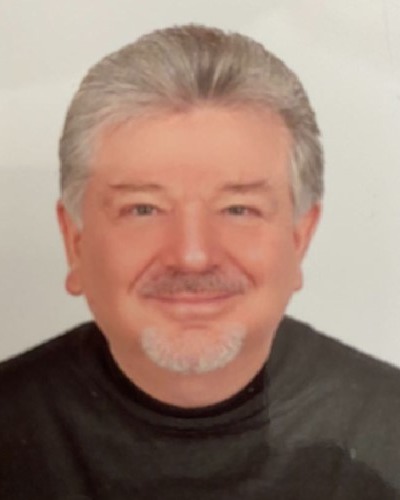
Abstract:
Objective: This retrospective study examines the impact of microsurgical treatment on vertebral artery (VA) dolicoarteriopathies and associated restless leg syndrome (RLS) in patients with refractory vertebrobasilar insufficiency (VBI). Patients and Methods: We analyzed 78 patients with grade 2 and 3 kinks, and found out that the targeted microsurgical interventions, primarily designed to address VBI, improved secondary RLS symptoms in 12 patients. Procedures included arteriolysis and, depending on severity, grafting. Statistical analysis was conducted using Stata 16 (StataCorp LP, Texas, USA).
Results: In twelve patients aged 55 to 72 years with refractory VBI and drug-resistant RLS, micro-neurosurgical correction of V1 segment dolicoarteriopathy, abnormal elongation and kinks in the artery, demonstrated promising outcomes. Postoperatively, 83.33% (10 patients) reported complete resolution of RLS symptoms, and 16.66% (2 patients) experienced partial symptom relief (p<0.05). Overall, 86.8% of various VBI-related symptoms were significantly improved or resolved (p<0.05). The microsurgical technique, avoiding traditional flow-arresting procedures, proved to be highly effective in this preliminary study with no mortality and minimal temporary complications, underscoring its potential treatment avenue for such complex neurovascular conditions.
Conclusion: This study illuminates the relationship between VBI and RLS, proposing a potential vascular etiology for RLS, and highlights the need for a broader diagnostic approach for patients with refractory VBI.
Biography:
He completed his medical education at Hacettepe University, School of Medicine in 1986. He then pursued his residency training in Neurosurgery at Ankara University, Avicenna Hospital, completing it in 1992. During this period, he had the opportunity to train under renowned experts in vascular and functional neurosurgery, which greatly shaped his professional development.
In 2009, he was promoted to the academic rank of Professor in Neurosurgery. Subsequently, he earned a PhD in Anatomy in 2011, further deepening his understanding of neuroanatomical structures and functions.
Today, in addition to performing standard neurosurgical procedures, he specialize in vascular and functional neurosurgical operations. These procedures aim to restore lost or impaired neurological functions, often providing significant improvements in patients' quality of life.
He have over 1500 citations in journals listed in SCI (Science Citation Index) or SCI-Expanded.
Using new techniques in the treatment of carotid and vertebrobasilar insufficiency, he have operated on more than 200 patients (83 with carotid and 122 with vertebrobasilar insufficiency). We have identified a novel etiopathogenetic factor in carotid insufficiency, which has been published in the journal Brain Sciences.
Copyright 2024 Mathews International LLC All Rights Reserved
